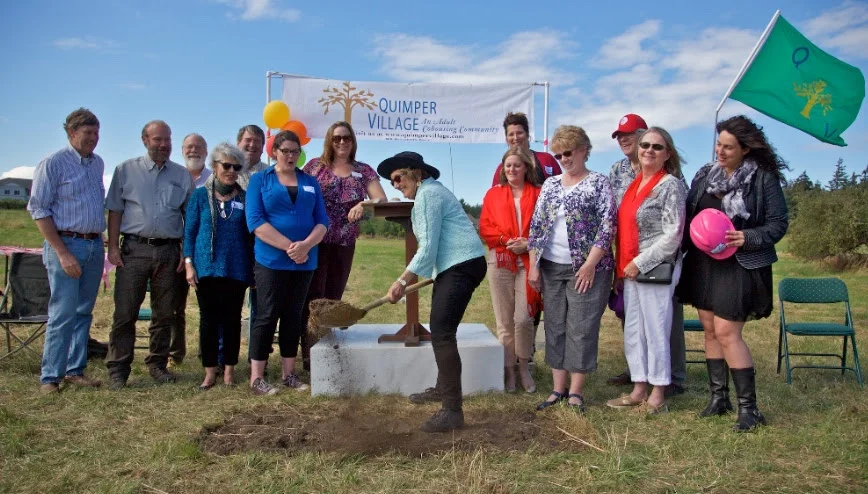There is a senior housing crisis in this country. In the United States, traditional senior housing options aren’t meeting the needs of older adults. Many attempts to put seniors in community have proven to work short term, but funding and employee retention continue to strain these organizations. Senior support, like Meals on Wheels, drains local economies and is constantly at risk of being dropped, which could leave seniors without access to proper nutrition and socialization. These services are also offered at the expense of the environment as vehicles drive hundreds of miles each day to bring services to older adults living alone, in their big ranch houses. As the population gets older, we are running out of options. One solution, senior cohousing, cohousing for adults 55+, has proven to mitigate loneliness and provide support to keep older adults in their homes for longer without draining government resources, and those are just some of the perks.
Older adults around the United States (and around the world) are making a strong case for why living in a high functioning community is important to them, economically, physically, emotionally, and socially. What seniors need (and want) is to be in the driver seat, to take control of their aging scenario. What they desire is to create their own community. Senior cohousing is gaining popularity, meeting the needs of seniors internationally, and is proving to be a solution to housing seniors in the neighborhoods of their dreams, supported by their neighbors and friends.
Mountain View Cohousing, Mountain View, CA. Architecture by McCamant & Durrett Architects
As a national leader and innovator, Charles Durrett has dedicated his career to creating cohousing neighborhoods, including a dozen senior cohousing. His book, “The Senior Cohousing Handbook: A Community Approach to Independent Living is an invaluable resource used by cohousing groups around the world and his continued dedication to appropriately housing older adults propels much of his life’s work. Durrett will be leading an all-day intensive Senior Cohousing 101 at the Northeast Cohousing Conference on September 21, 2018. Participants will learn about cohousing, discuss challenges in senior housing, and explore why senior cohousing just makes sense. The intensive is open to 20 people so early sign up is highly encouraged.
Register at: https://cohousingassociationoftheunite.regfox.com/northeast-cohousing-summit
We look forward to seeing you there!
For more information and an in-depth look at senior cohousing, Durrett and McCamant & Durrett Architects will be hosting an online facilitator training for Study Group 1 Aging Successfully. This 10-week course will begin Oct 10 with meetings once per week to learn how to organize local efforts for seniors, by seniors, in their area. Those interested in becoming a facilitator should contact Lindy at lindy.sexton@cohousingco.com.










